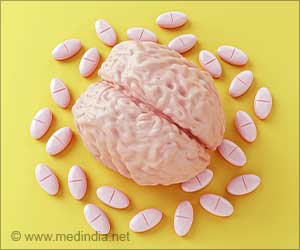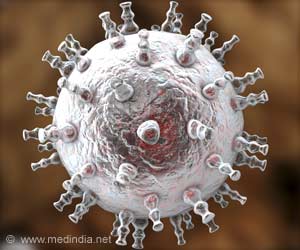Cryptosporidium-caused diarrhoea is the second major cause of death from childhood diarrhoea. Individuals with an impaired immune system are at great risk.

‘Cryptosporidium infection is an illness caused by tiny, one-celled cryptosporidium parasites. New research has established the first long-term cultivation system for Cryptosporidium parasites at a laboratory scale.’





Cryptosporidium causes the diarrhoeal disease Cryptosporidiosis, which is usually spread by contaminated water supplies. The important role of Cryptosporidium as a cause of diarrhoea has been established in recent years, and outbreaks feature regularly in news headlines. Cryptosporidium-caused diarrhoea is the second major cause of death from childhood diarrhoea. In addition, individuals with an impaired immune system are at great risk. There are no treatments for Cryptosporidium and so far, research on it has been limited, because the parasite could not be cultivated at a laboratory scale. Research led by Dr Anastasios Tsaousis and Professor Martin Michaelis of the School of Biosciences has now established the first long-term cultivation system for Cryptosporidium parasites at a laboratory scale.
This new cultivation system will transform research on Cryptosporidium:
It will enable large-scale screening for anti-Cryptosporidium drugs.
It will enable many laboratories all over the world to investigate the parasite.
Advertisement
It enables for the first time the long-term storage of the parasite.
Advertisement
The team has already gained important new insights into the life cycle of the parasite.
Source-Eurekalert









